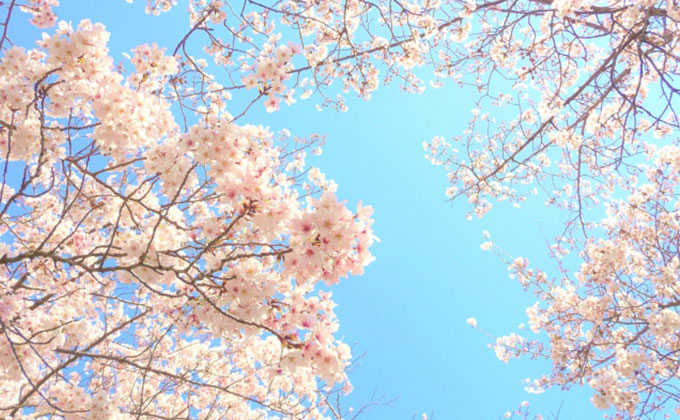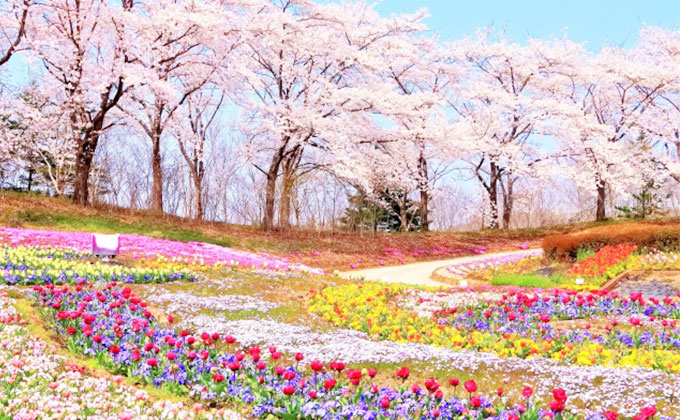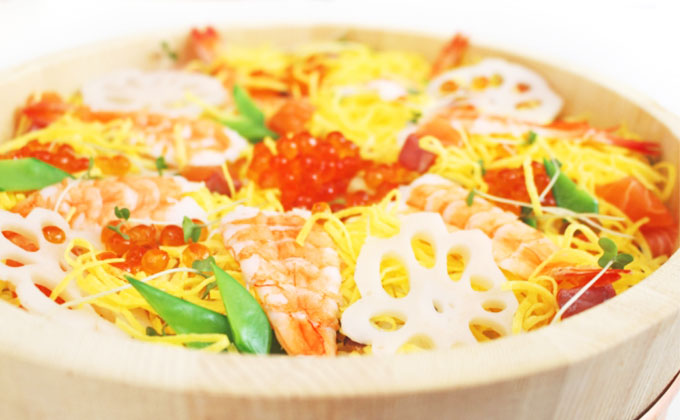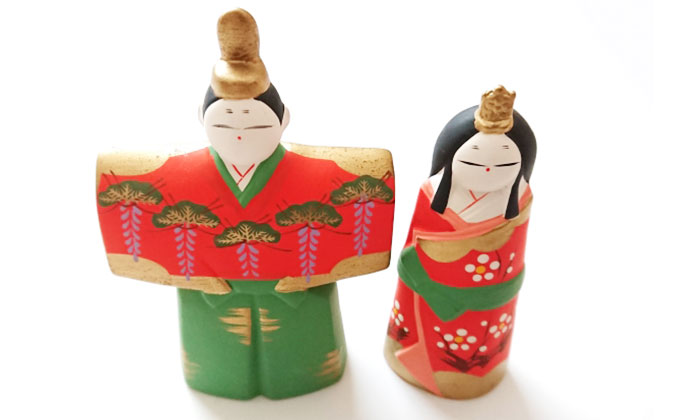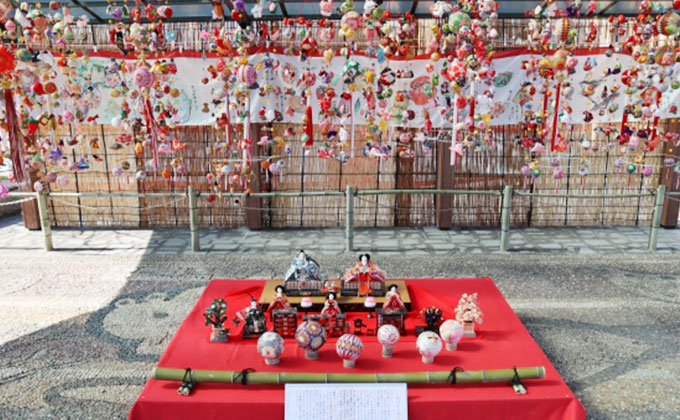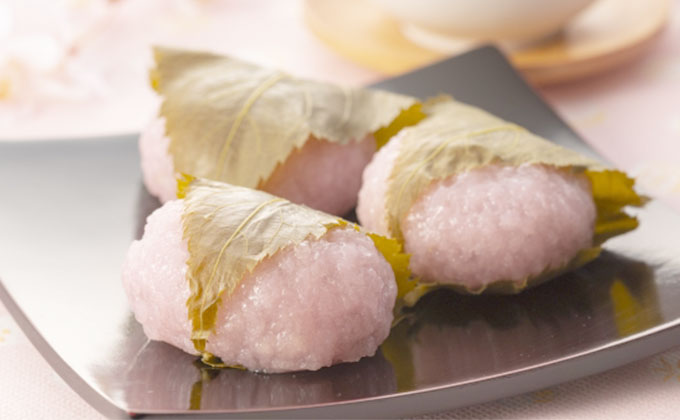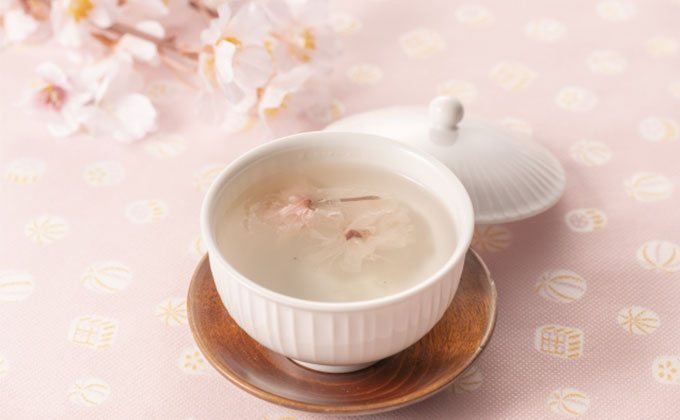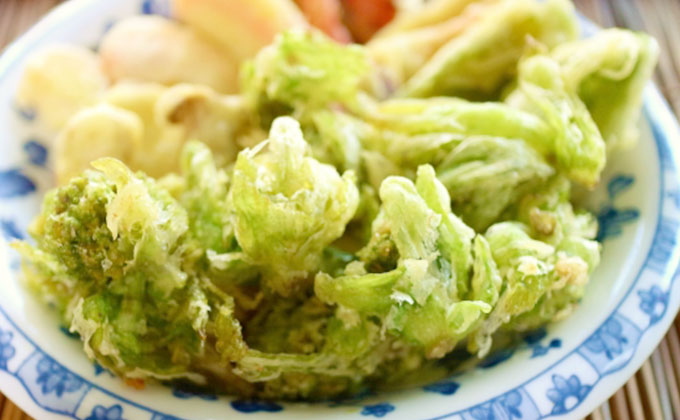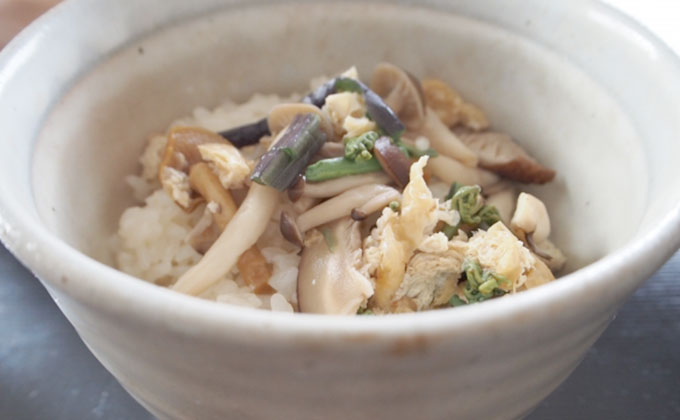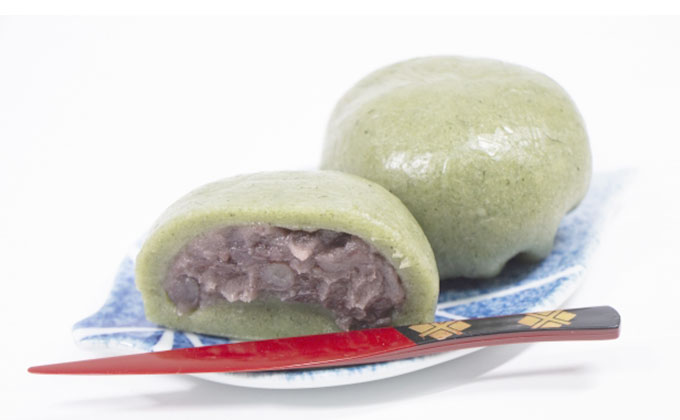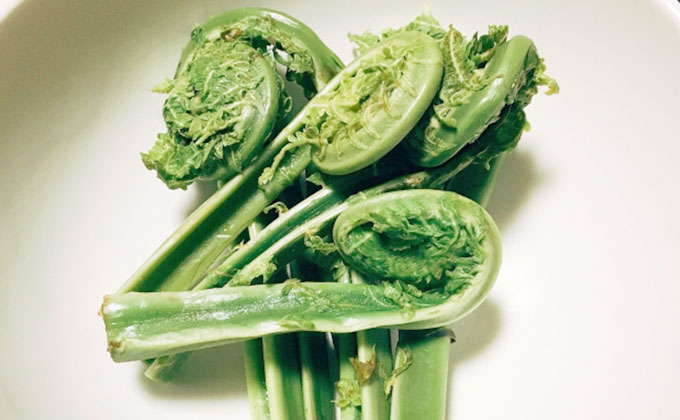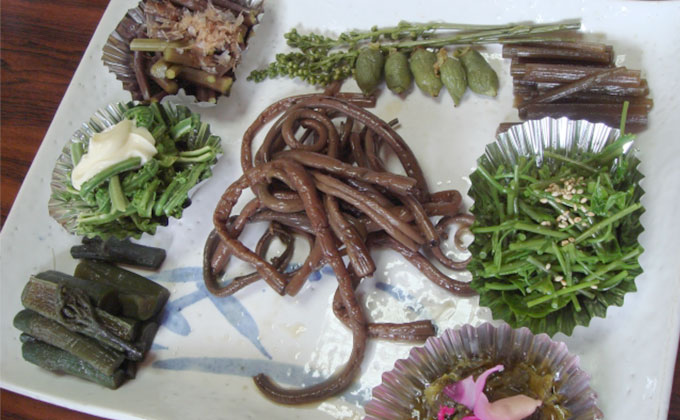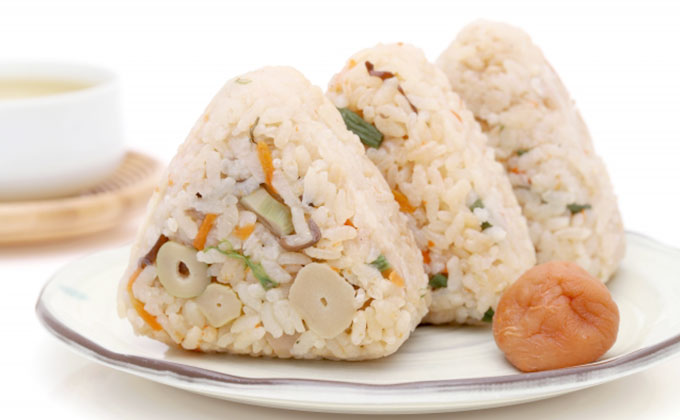TRG Info and Advice
A Few Ways to Welcome Spring, Japanese Style
The official start of spring, according to the Japanese traditional calendar, is risshun on February 3rd or 4th, depending on the year. That’s the day after setsubun (literally: between seasons), which is when we throw the beans at the masked demons and welcome good fortune into our homes. It’s also the reason why, despite your insistence that it is still winter, Japanese ESL students will hotly debate which season to put up on the calendar during February.
But once you actually start getting a glimpse of spring weather (purple, pink and white plum blossoms! Forsythia buds!), it’s time to review all of the ways to hail the coming of spring after a long and snowy winter!
#1 Hinamatsuri Doll Festival (mid-February - April 3rd)
While many events have been cancelled or altered due to the coronavirus situation, there are still some places that are doing their best to celebrate this event. (IMHO, these events to ward off evil are all the more important in the midst of a pandemic.) As my recently graduated daughter heads out into the world, I especially want to invoke the power of Hina-sama to watch over her!
When she was little, we would dress up in kimonos and eat chirashizushi (literally “scattered” sushi, made with sweet, vinegary rice and topped with slivers of omelet, salmon roe, shrimp, snap peas, cucumbers, octopus and sticky pink ground codfish). We would sing the Hina Matsuri Song at the piano, I even made up an English version. Our display was a simple one of the two main dolls made out of clay, some flowers and hishimochi the diamond-shaped, three-colored rice cakes. Her Japanese grandmother often made colorful oshinko (rice cakes filled with adzuki jam) to add to our set up. We have even been known to have a family viewing of Akira Kurosawa’s “Dreams,” to see the peach orchard transform into a fantastical, live Hina Doll display!
Of course, we have a special book for this time of year, too. There are many stories about this festival, but my favorite is Watashi no Hinasama by Rintaro Uchida. The illustrations alone are fascinating, not to mention the whimsical story involving a kappa (river sprite) dad stealing one little girl’s floating hina doll to take to his very own sick daughter. We, too, once made floating dolls out of camellia flowers and rice straw.
This year, I barely got our dolls out in time! The collection has grown to include funny ones with circus clown or cat-like faces made by my sons at preschool, the sagemon (hanging) type, an origami (folded paper) version, a framed painted pair and several cloth sets. I hastily purchased some three-toned mochi cakes and a bag of adzuki jam-filled marshmallows with a Hello Kitty Hinasama (princess doll) and Dairisama (lord doll) on the package. Thanks to my busy schedule, I had the foresight to order the ingredients for chirashizushi in advance, too, so I just pulled them out of the freezer!
If you are looking for an outing, one of the most famous places to celebrate is in Yanagawa, where the city’s canals create the perfect backdrop for parades of girls and their mothers dressed up in kimonos to look like Hina-sama and her entourage. Other fantastic displays of Hina Dolls can be found in Katsuura, Chiba and Saitama. Despite some alterations to the festivities due to coronavirus, these traditional events are doing their best to create a celebratory atmosphere, and a lot of the activities will continue into April. If you don’t make it this year, definitely put these locations on your list for spring 2022!
#2 Ohanami (while the cherry blossoms are in bloom)
Fans of Ken Watanabe know of his famous dying quote about cherry blossoms (“Perfect, they are all perfect!”) from the movie, “Last Samurai.” Nothing says spring in Japan like cherry blossoms, so it may not surprise you that the tradition of hanami (literally: flower-viewing) is apparently even older than the 812 party held by Emperor Saga! Revelers were specifically warned to refrain from picnicking under the blooms amidst the pandemic last year, and this year may not be much better. I’m thinking though, with a little creativity, outdoors, masked and socially distanced, hanami can make a comeback this spring. If that makes you uncomfortable, though, try SavvyTokyo’s virtual reality tour of the best hanami spots.
Though I am partial to the hardy plum blossom (that intoxicating scent!), cherry blossoms have grown on me over the years, especially the sweets that are inspired by them. I’m a huge fan of sakura mochi, and my favorite part is the salty pickled leaf that encases the pink, sweet and sticky rice cake.
Cherry blossom tea, made by pouring hot water on a pickled bloom, is all the more delicious thanks to the aesthetic appeal of the delicate pink flower in the bottom of your cup. One year, my daughter even incorporated these tea-destined blossoms into a pound cake. She offset the sourness with a glaze of icing and the resulting combination was genius!
#3 Wild Vegetable Hunting (varies according to regional climates)
This is really a thing, I promise! Scouring the rice fields around my house, we can usually find fukinotou (butterbur buds) and yomogi (mugwort). Fry the former into tempura, and blend the latter with milk for green crepes or pancakes for a St. Patrick’s Day snack!
For more hardy varieties of wild spring vegetables, you may need to venture further into the countryside, maybe even trek into the mountains. Watch for local cars stopped at the side of the road and people with plastic bags stomping through the ditches and woods.
Around this time of year, supermarkets and farmers’ markets will sell these vegetables in a variety of states, from raw to mixed with sticky rice (sansai gohan) to rice cake desserts like yomogi daifuku (a green rice cake with adzuki jam inside). Despite their slightly bitter flavor, wild spring vegetables pack a wallop of nutrients that can keep you as healthy as my 93-year old neighbor who just paid cash for his new tractor. One warning, though: when I was pregnant and nursing, I was told not to eat yomogi (mugwort) due to its herbal efficacy in relationship to the uterus.
Though most require some extra cooking prep to remove the high level of astringency, once you have them ready to go, you can enjoy them in almost any dish. Soaking overnight, boiling with rice bran, and drying are a few ways to tame these wild vegetables. Once the extra bitterness has calmed down, feel free to experiment! Miso soup, of course, always benefits from a little punch of seasonal goodness. Battered and fried as tempura is another go-to option for these delicacies. One of my favorites, kogomi (ostrich fern) is tasty just boiled, then dipped in mayo. I try to avoid myouga (Japanese ginger) in large amounts, though, as it is said to make you forgetful!
Regional variations abound, so if you are traveling, find a local restaurant and order the teishoku (set) menu. You are likely to get a few side dishes with sautéed, pickled or simmered sansai. Grocery stores are likely to carry a few prepared sides and maybe some sansai onigiri (rice balls), too.
Thanks to a new book by Winifred Bird, Eating Wild Japan, the relationship to seasonal Japanese delicacies can be explored even further. She links the love of these wild vegetables to what was, until recently, a rather apathetic attitude (especially among mainstream rural populations) towards protecting the environment, as well as its connection to cultural preservation of foraging knowledge, cooking techniques and recipes.






